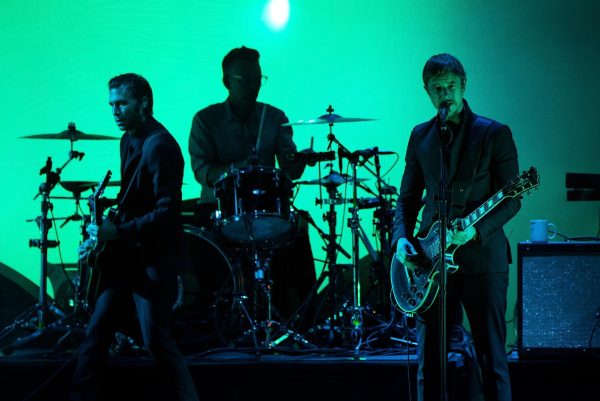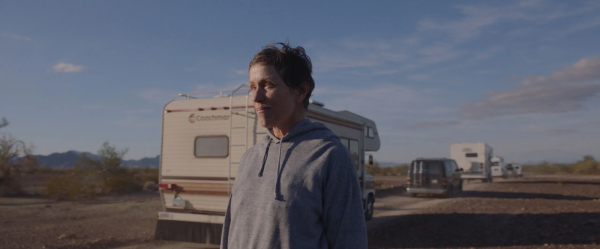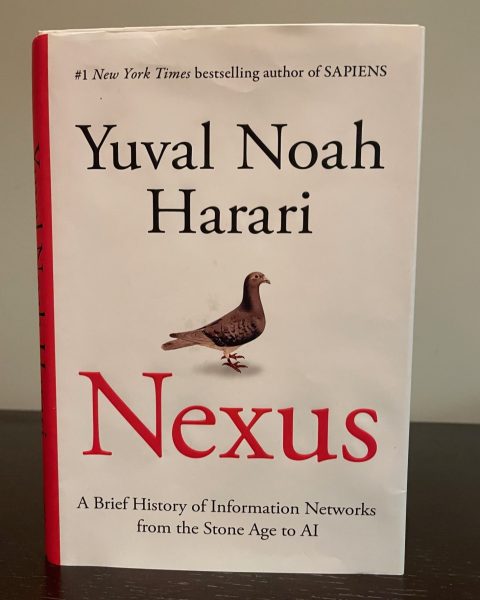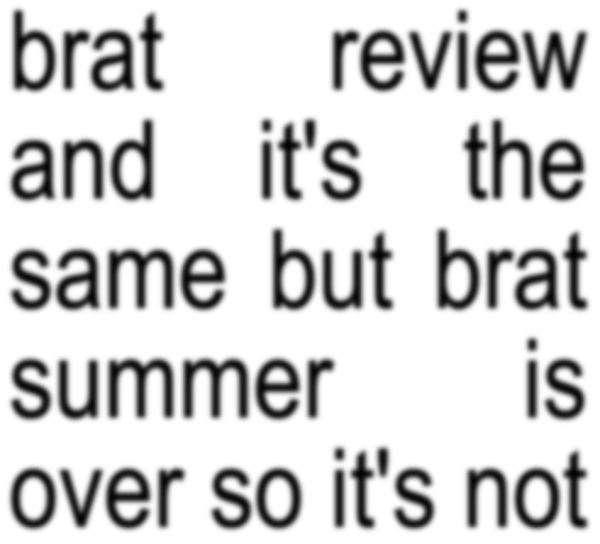Child’s Play 2: The Unsung Perfect Sequel
The only thing more difficult than making a sequel to a great film is making a sequel that is as good or better than its predecessor. Although that sounds nearly impossible, it has been done many times in the past. The Dark Knight (2008), Aliens (1986), and The Empire Strikes Back (1980) are just a few of the examples of sequels being just as good. There are tons of other examples of great sequels, but there’s one movie in particular that I believe gets overlooked far too often when it’s a perfect example of what a sequel should do. That film is the 1990 hidden gem, Child’s Play 2.
First off we must set some guidelines for what a perfect sequel does in order to prove that Child’s Play 2 meets the requirements. To create these guidelines, I rewatched what I consider to be the greatest sequel ever made, Aliens. Being the sequel to Ridley Scott’s horror masterpiece Alien (1979), Aliens had quite the monumental task ahead of itself; however, it accomplished it in spades, and became greater than Alien for 3 distinct reasons which we will use as standards and guidelines:
- A perfect sequel must increase the scope of the threat and/or the film’s universe.
- A perfect sequel does not merely repeat the same plot. It finds a new story to tell in the universe or tells a similar story in a new way.
- A perfect sequel carries over themes from the previous film and introduces new ones.
Now that we have our guidelines, it is time to see if Chucky’s second outing is truly a perfect sequel.
Child’s Play 2 increases the threat to Andy Barclay, our child protagonist, but not in the way one might think. Instead of a second Chucky Doll popping up for double the trouble, the film wisely spins the formula of the first film. Without going into too much detail, Child’s Play goes for much more of a mysterious whodunnit tone from the start. It’s only halfway through when Chucky is actually shown moving around and killing people, and this can lead to the first film being kind of sluggish. Child’s Play 2 has the benefit of not needing to set up the mystery of whether Chucky is alive or not so we can get straight to the blood and guts. Chucky starts killing people very quickly in this movie, heightening the threat of the antagonist. He’s much more aggressive and driven than in the first film, since the soul of Chucky is merging more and more with the doll as each second passes. The kills are also much more graphic and creative than in the first film, boosting the terror of Chucky.
As for the final criteria of themes, the Child’s Play franchise is surprisingly full of themes about consumerism and the rampant advertising towards children. To briefly recap the first film’s main themes, the film takes a harsh anti-consumerism message. Chucky is part of a doll series called Good Guys, and right away in the first scene we see that the marketing for the dolls is everywhere. Andy eats Good Guys cereal while watching a whole show dedicated to Good Guys while he is wearing Good Guys footie pajamas, which later cause Andy to become a suspect in a murder Chucky commits. Chucky’s main goal in the first film is to take Andy’s soul away to release him from the plastic prison of the Chucky doll which represents the intense marketing and advertising that was growing during the 80s and 90s, the time period when the two films were released and set. Andy’s involvement with Chucky only serves to destroy his life, and the people who end up saving Andy in the finales of both films are members of his family who fight to keep him away from the Good Guy brand.
Ed is a senior who is extremely interested in comics, movies, and horror films. He is very introverted and spends a lot of time writing, watching movies,...










